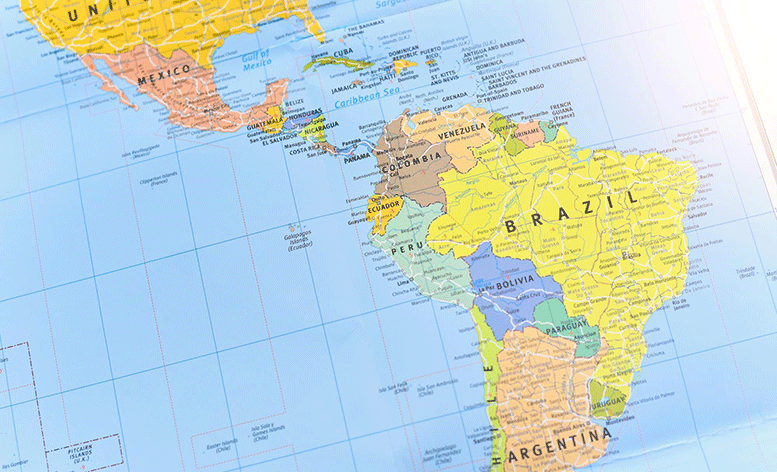The governments of Guyana and Panama say they are looking into establishing hemp sectors, as the number of countries exploring the crop in Latin American continues to quickly expand. Developments in both countries were announced this month.
Guyana’s government is reviewing feasibility studies, and has discussed hemp trials. In Panama, government representatives and deputies in the National Assembly agreed to form a committee to analyze hemp’s potential for industrial development during discussions about a proposed hemp law.
Guyana’s ‘go slow’ strategy
In Guyana, hemp advocates cheered an announcement from Attorney General and Minister of Legal Affairs Anil Nandlall that the government is looking into hemp.
Proponents see economic benefits not only from farming and processing, but noted knock-on potential positive effects in the marketing, banking, insurance and retailing sectors.
Supporters have cited studies they say show that planting 100,000 hectares (~250,000 acres) could create 40,000-50,000 sustainable jobs, bringing economic development through carbon credits and output from seed and hemp stalks. The proponents suggest that initially 500 Guyanese families be allocated 10 hectares (~25 acres) of land each for industrial hemp. That estimated total of 5,000 hectares (~13,350 acres) could produce 50,000 tons of hemp stalk which could be processed into 15,000 tons of fiber and 35,000 tons of hurd. Once established, those hemp farms could then scale up, industry enthusiasts suggested.
Impact on food security?
Some observers in Guyana have expressed concern that hemp could eclipse the government’s stated goal to revive the country’s sugar industry, and say it is necessary to study what the impact of hemp could be on the country’s food security. They also fear that hemp could draw farmers away from rice growing. They have therefore suggested a “go-slow” approach to the new crop. Proponents say feasibility studies would embrace these issues, and that trials along with more discussion are necessary.
Beyond sugar and rice, key crops in Guyana are coffee, cocoa, coconuts, fruit, vegetables, and tobacco. Only about 2% of Guyana’s land is arable, or 17,000 sq. km (6,500 sq. mi.)
Optimism in Panama
In Panama, ministries of Health, Foreign Trade and Agricultural Development met to talk through a proposed bill put forth by National Assembly Deputy Kayra Harding. “It is a good project both in terms of health, and in the commercial and agricultural aspects — and the Ministry of Health should participate in everything that concerns it,” Panama’s Health Minister Luis Francisco Sucre said.
Vice Minister of Foreign Trade Juan Carlos Sosa was also optimistic, noting development of a hemp industry in Panama is in line with his ministry’s goals.
About 582,000 hectares (~1.4 million acres) of land in Panama is farmland; key crops are bananas, cocoa, beans, coffee, corn, potatoes, rice, soybeans and sugar cane.
Panama and Guyana join Ecuador, Paraguay, Mexico, Argentina and Brazil as the latest Latin American countries to have set themselves on a path to develop national hemp programs. All have done so in the past nine months.

